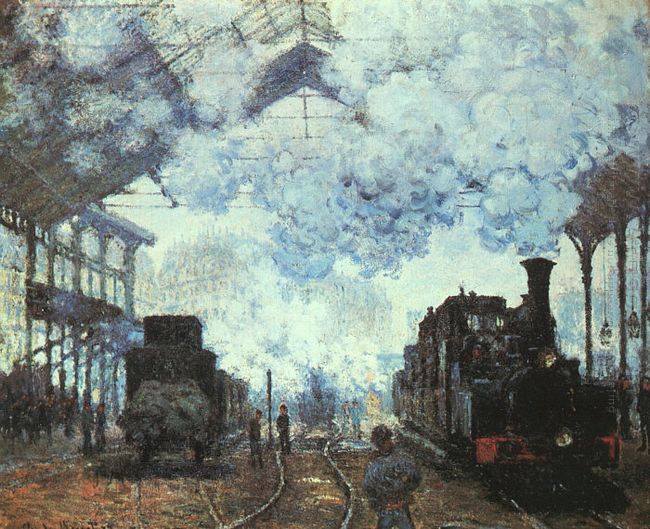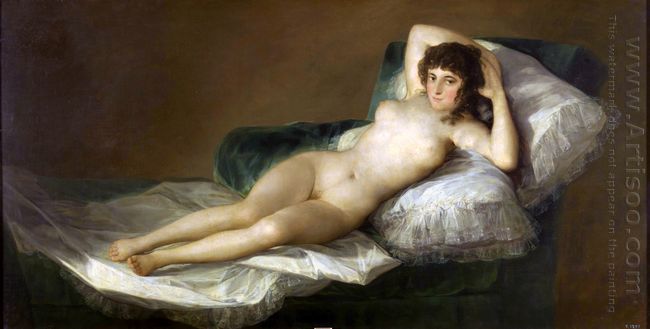Gare St Lazare was Impressionist painter Claude Monet’s real impression for Gare St Lazare, which exhibited in the year 1877. For Monet, the theme has nothing special significance, but just an approach to achieve his goal. What he really cared about was a visual experience, and relationship of color between the steam and the train’s surrounding.
The entire picture was in a cold tone, but it also in unity and rich color variations. The smoke exhaled by locomotive rising into the pale blue sky, and diffusing over the whole sky that presented color blue, purple, light red and white. People and nature in this genre painting were harmonious blend, and they were completely integrated in the landscape, the sun and the air.
And all this fusion in brilliant, gorgeous harmonious colors that belongs to Monet’s unique style. In the railway station, the siren hooted, the steam rushed to the glazed roof, but the roof blocking the smoke, so that the whole station enveloped in the smoke. The sunshine shined through the glass on the water vapor, countless small drops were under the blue sky and white clouds that made the train and roof truss obscure to us.
The composition of this impressionism painting is also quite noteworthy, which adopted wave-shaped rich changes. Monet skillfully combined the objects with different shape together, the oblique lines towards different orientations and linked to the locomotive, all of these elements combined with white smoke increased the hustle and bustle of the image and depicted varied environment. It seemed that you can hear the steam engine roared when it went through the railway station, and see the dense smoke rolled under the huge garage. In this painting, we are fortunate enough to see a poetic station.

